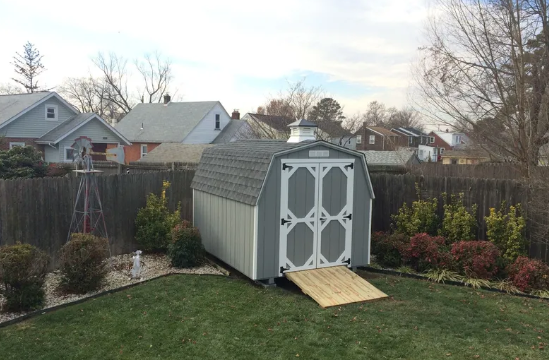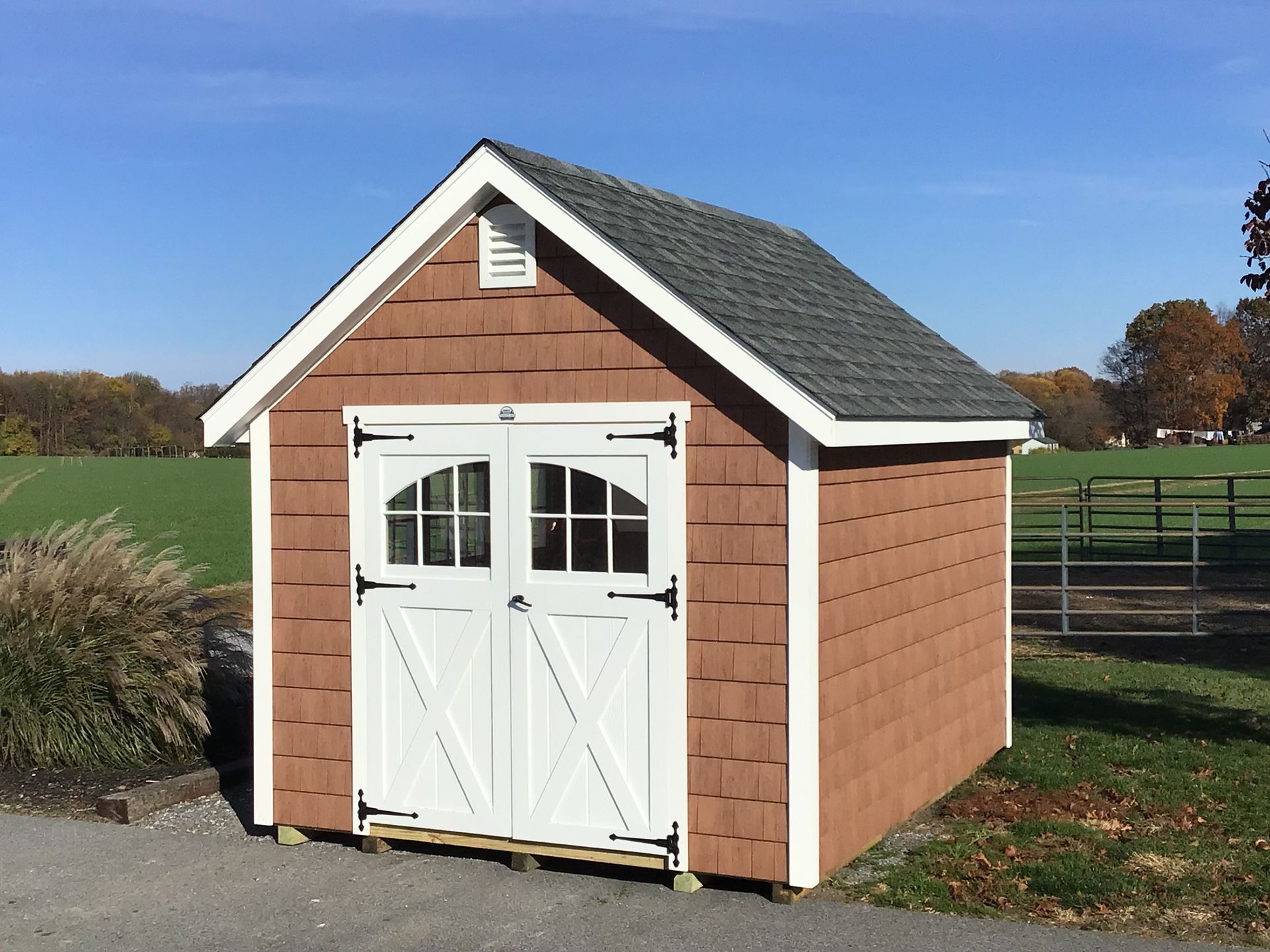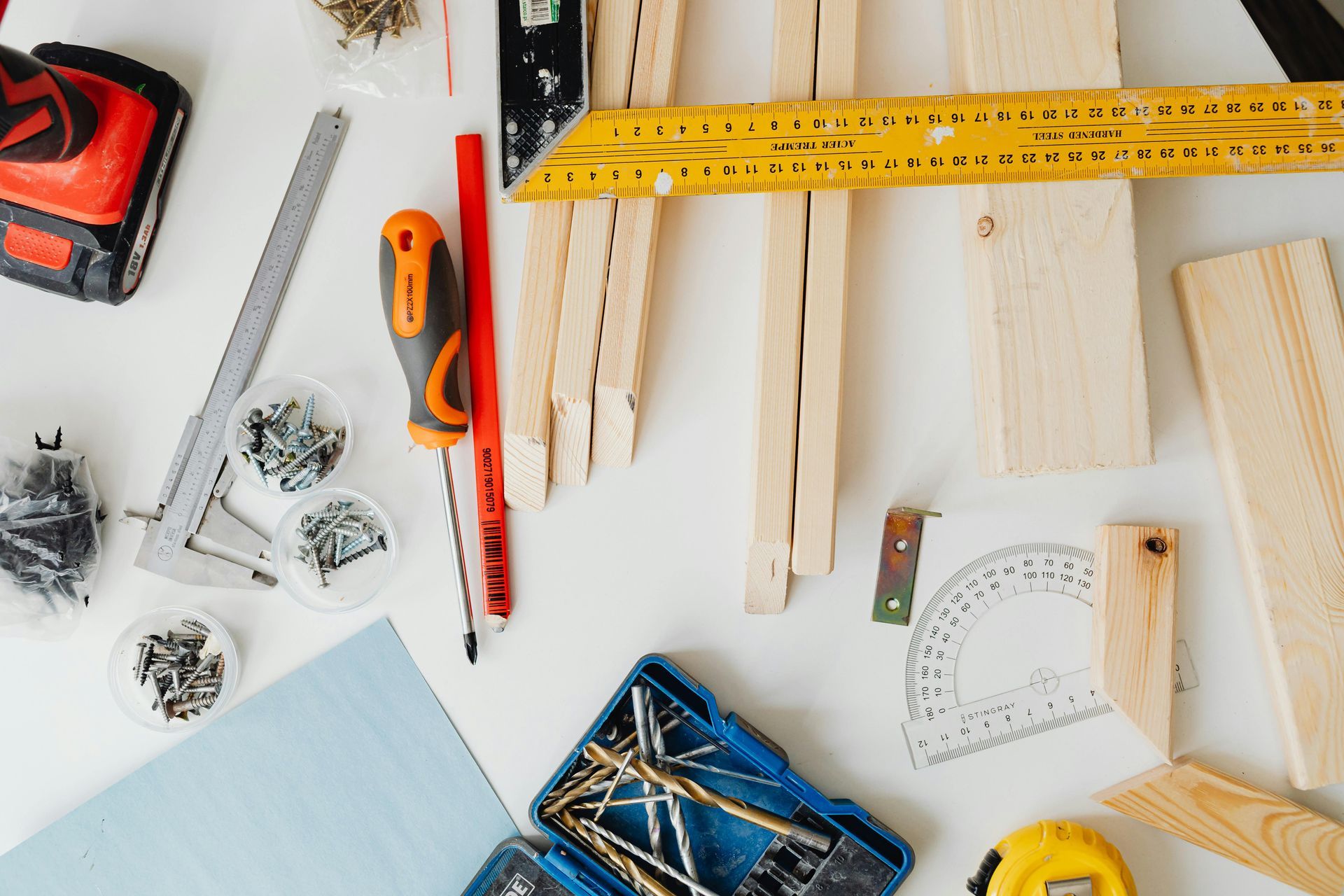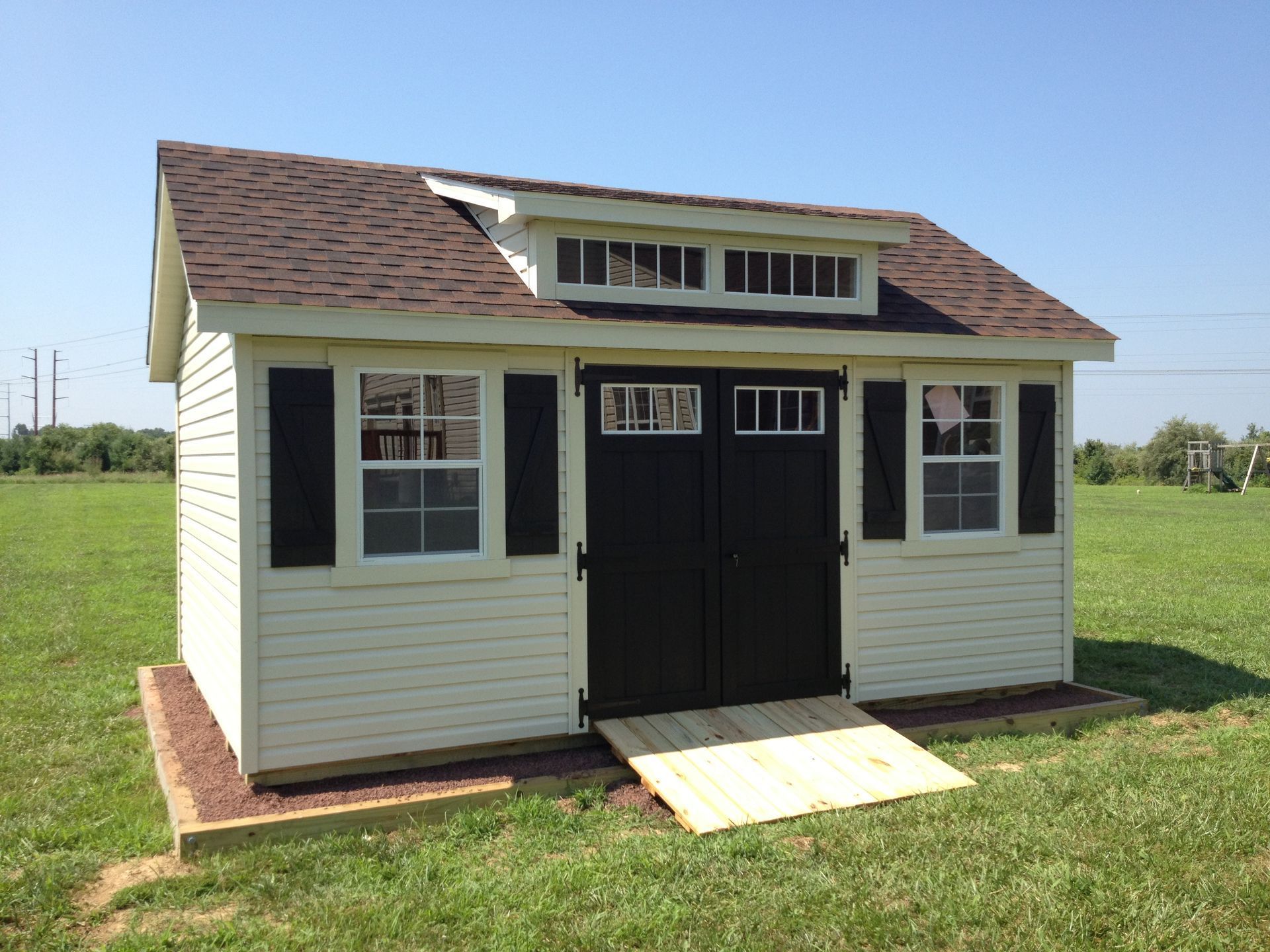Once you’ve determined a size, pick a location that is convenient for you. In our experience, property lines, underground wires and plumbing, and landscaping will all determine the location of your shed. We also find it helpful to pick a location that is in close proximity to the features of your yard. If you’re building a pool shed, build it near the pool. If you’re building a garden shed, build it next to the garden. The location of your shed should be accessible for its purpose.
5 Tips for Designing a Custom Shed
Finding the right pre-built storage shed in New Jersey can be difficult. There are many factors to consider - purpose, budget, location, and storage functionality. That’s why Jed’s Sheds has a 3D Builder for customers to design a custom shed. Designing a custom shed allows you to create a unique structure that meets all your requirements. There are a lot of aspects to consider when designing a shed, so here are some tips to help you get started.
Benefits of Designing a Custom Shed
Custom builds are more flexible. Designing a custom shed allows you to build a structure that is perfectly tailored to all your needs. A custom shed can be specifically made to accommodate your size, style, and feature requirements. You can have more flexibility in customization and decide on a style and color that will match the style of your home. Having a custom shed gives you more freedom in material choices, and you can pick a material that is within your budget that suits your needs. A custom shed will also increase the value of your property in New Jersey.
Tips for Designing a Shed:
1. Know the Purpose of Your Shed
Determine what you want to use your shed for. Do you want to use it as a workshop? Store garden tools or lawn equipment? Home gym? Whatever you decide for your shed, it will determine all other aspects of the design process. This will especially help you decide the size and layout of your shed, so you can optimize the use of it. When you’ve decided what the shed will be, match the style of the shed to the function you chose. The style should complement both the function of the shed and your home’s exterior for cohesiveness.
2. Stick to Your Budget
After deciding what the purpose of your shed will be, determine your budget for the build. Estimate the cost of the materials, installation, and building permits. Decide on a budget that will fit all the requirements you have for your shed. You can get a free estimate for your build by filling out our form. We recommend including a contingency fund in your budget to help account for any unexpected costs that may accrue during construction.
3. Determine the Right Size and Location
When designing a custom shed, you have more liberty to choose a size that works best for your property. Consider the size of your yard and the items that you plan to store in the shed, then choose a size dependent on that. If you know you want to use the shed as a workspace or will need extra space for tools, choose a shed size that has higher walls.
Choosing a Location
4. Choose the Right Materials
Choosing the right materials is vital for ensuring your custom shed will be durable and stand the test of time. Higher quality materials may be more expensive, but they will require fewer maintenance and repair costs down the road. Jed’s Sheds uses premium materials to build custom sheds, ensuring your structure is durable and withstands harsh New Jersey weather conditions. We offer painted wood and vinyl sidingoptions for your shed. They are treated to be resistant to water, rotting, and pest damage. When choosing the right materials for you, we recommend matching them to existing materials on your property to make it look consistent.
5. Add Features
One of the biggest aspects in designing a custom shed is deciding what features you want in it. You can maximize your storage space by adding shelves and pegboards to store tools on the wall, freeing up your floor space. We also suggest adding a loft, which is great for overhead storage. Incorporate other features like ramps, windows, cupolas, etc., to make the shed uniquely yours. If you’re using the shed as a workshop, add a workbench for your projects. You can also add electricity to maximize the use of the shed and ridge vents for more ventilation. We also recommend insulating your shed, as it will regulate the temperature inside.





